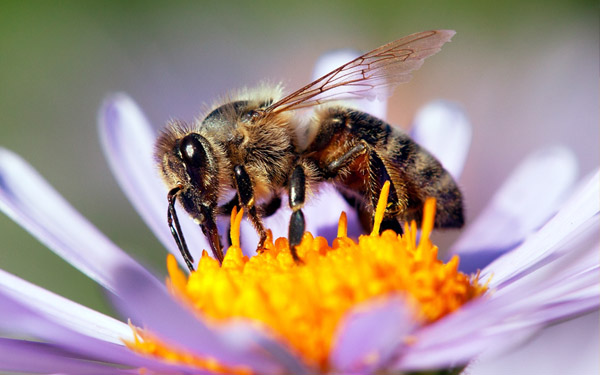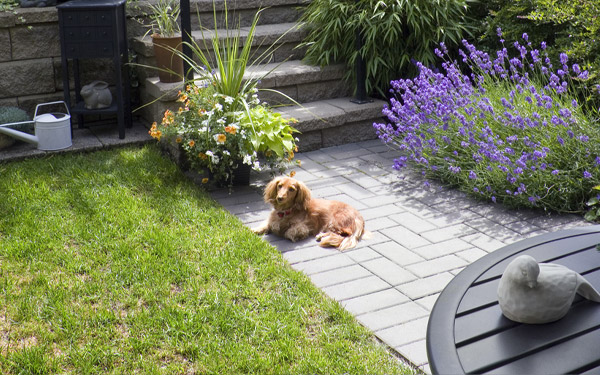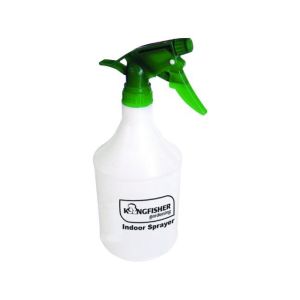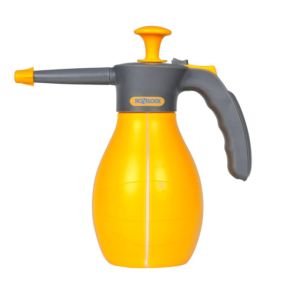Caring for your indoor plants
Caring for your indoor plants
Houseplants, as well as looking pretty, have many health and psychlogical benefits including reduced stress levels, blood pressure and breathing problems to name just a couple. Follow the advice below to get the most from your indoor plants:
When To Water
Water sparingly, this is the most common downfall of a houseplant. As a general rule, do not water until the top inch or so of soil is dry.
Water Drainage
Use draining pots with saucers beneath to allow excess water to drain.
Watering Amounts
Water more in the Spring and Summer, when your plant may be having a growth spurt, and less in the winter, when the plant goes dormant.
Tap Water?
Tap water is generally fine, but may vary for more specialist indoor plants
Exceptions
Cacti & succulents will need less water, flower plants will need more.
When To Feed
Most indoor plants will be fine without feeding but some, especially flowering plants, may need liquid feed up to once a week!
Feed When Re-Potting
It's generally a good idea to introduce a slow release fertiliser when re-potting to encourage growth in the new environment.
Overfeeding
Be careful not to overfeed as this can burn the roots of your plant.
Dry Foliage
Pinch or cut off dying flowers/leaves and remove yellowing leaves to keep your plant happy & healthy.
Dusting
Dust can build up on plant leaves just as it would on any other surface of your home! Clean with a soft brush or a piece of cotton wool dipped in water.
Misting
Many indoor plants enjoy some humidity, a daily spritz of tap water should do the trick! Placing tropical plants near each other can also help them create their own micro-climate
Troubleshooting
If something doesn't seem right, check for pests. The most common offenders are mealy bugs, woolly aphids, sap-sucking insects & red spider mites. Removing these should be top priority.
Aphids & Mealy Bugs
For mealy bugs & woolly aphids, you'll find tufts of white fluff on your leaves and stems. Use a soft organic soap spray to gently remove.
Sap Suckers
For sap-sucking insects you'll see tiny limpet-like bugs, simply remove these by hand with a piece of cotton wool.
Spider Mites
For red spider mites you'll find some fine webs & yellow speckling on your leaves. Cut off the affected parts and mist your plant to prevent further damage.











